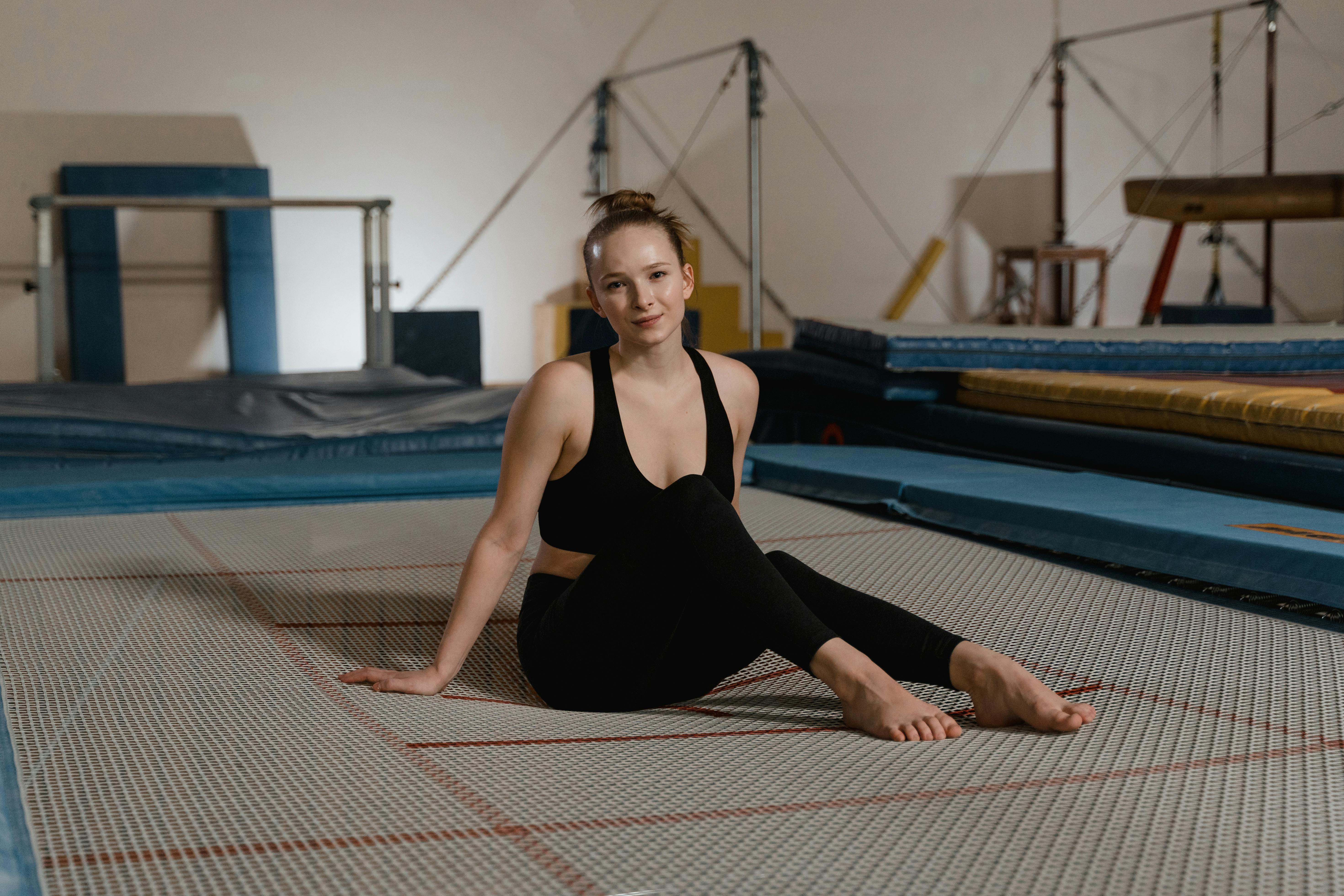
“Walk the Walk”: How Walking Together Can Create Memories That Last a Lifetime
admin
- 0
How long has it been since you and your children went for a walk outdoors, without a destination in mind, without a specific reason, without accompanying bicycles, scooters or soccer balls, simply with the aim of enjoying together while admiring the world? of the nature? You may be surprised by the countless splendors you can find together when you become aware of everything around you. Today I passed a gigantic tree with bright green leaves that sounded like a brass band, which of course the wind was having a great time playing.
You don’t even have to drive for miles. There is always a park nearby. Some of us are exceptionally lucky to live near the sea or the mountains, but nature surrounds us and surrounds us continuously. Unfortunately, our hectic jobs and schedules and our children’s clubs and extracurricular sports make us too busy or too rushed to notice and enjoy these great times outdoors. Going for a walk is great for kids on the spectrum as there is the combination of predictability but also the element of surprise. There is so much to share together. They can play games like find treasure and hide and seek, sing together, play “I see with my little eye”. You and your children will always find something special to share together. Be sure to bring your digital camera to take pictures of you and your children having special moments together. Children with ASD have problems with episodic memory, so when they can look at the photos later, it helps them remember those times when they were exploring and having a fun adventure together.
Walking is wonderful. Walking makes you move. Walking slows you down so you see everything more clearly. Walking with your loved ones has many advantages because you experience your world in slow motion, even if your walk is fast. First, you have a lovely visit with your friend or your adult child visiting after a break at college, with plenty of time to talk because you don’t have the distractions you have at home. Second, experience the beauty and grandeur of the great outdoors. Third, it generates those endorphins that make us feel great! Mother Teresa said: “It is impossible to walk fast and be unhappy.”
In spring I enjoy seeing the cherry blossoms, tulips, magnolias and wisteria. They are all showing how glamorous they are. It’s a time to smell the jasmine and honeysuckle, pick flowers (which are weeds but still wonderful), pick rocks, listen to birdsong. In the summer you get rich with all the wildlife. In the fall you are wounded with the amazing color of the changing leaves. In winter you can search for animal tracks and make angels in the snow.
The walks can be short at first. But they will get longer as your stamina increases. We can almost guarantee that if you’re tired before your hike, the fresh air will absolutely invigorate you and you’ll have renewed energy to help you get through all the tasks you need to get done. The moments I remember most fondly are those walks with my father when I was a child and how he introduced me to the magic and wonders of nature that he was so passionate about.
It is relaxing to walk for a while in silence and listen to all the sounds of nature. Walk quietly so you can see the rabbit, squirrel, or hawk. Or you may be surprised by a deer and some approaching goats, or sheep with their lambs. You may see the river meandering slowly along with the boats making their way through the water. You can see the bluebells that currently cover the forest floors in the Surrey countryside or in Richmond Park to name a few.
You feel the cool air against your skin and you breathe and take it all in. And of course you exercise. You move your muscles, you burn calories, you oxygenate your system, you sweat out toxins if you climb a few hills, and you activate endorphins that make you feel great naturally.
There are many articles and books these days about the benefits of walking. Many of them focus on weight loss, but it is very important not to lose sight of all the other benefits. Many people are motivated to go outside when the sun is shining to enjoy the warm glow of the sun on their faces after a long cloudy and rainy winter. But the children don’t care much about the weather. It’s even fun to walk in the rain, with the right gear. We have a dog who loves to jump in puddles!
Older children may be more interested in where the walk is taking them. Will they see animals? Will they see boats? Will there be ice cream to savor at the other end of the journey? Over time, it becomes something they look forward to on their next hike in the same place. They will walk to see the frozen pond, the rabbit holes, or the two separate trees whose branches grew together, or the huge oak tree that fell over and all the roots look like something out of a fantasy storybook.
It is okay if children are more goal oriented when walking. It is up to us as parents to point out other things that we want our children to notice. Try to make them aware of the different types of trees, learn some Latin names, go back home and look up the bird you saw in a book or on the internet. Children are information sponges and love to share their new information with their friends. Here are some walking tips:
1. The right clothing is important. You may need to pay attention to the type of shoes you wear. Shoes are very vital for a good exercise; you need to be comfortable to get the most out of your adventure. Also, are you hot enough or cold enough?
2. Consider bringing a light backpack so you can put in or take out a sweater, an umbrella, or a candy bar. Wow, you wouldn’t be using a candy bar, but it might be a nice surprise.
3. Ask your child where he would like to go. If the kids are going on little walking adventures, they may want to get out of town at some point and visit a national park where there are walking trails. The UK has many sites to see with cathedrals and castles combining art, architecture and history.
4. You could go on a meditative walk together. Thich Nhat Hahn, the Buddhist monk, describes walking meditation as a way to connect the body and soul with the here and now. This is great for adults with ADHD. Put away cell phones and iPods and take one small slow step at a time and observe your surroundings while breathing naturally. When you breathe in, take three slow steps. Bring your attention to the soles of your feet and become aware of the contact between your foot and the ground. Continue another three steps and so on.
5. Go for a walk before your child has his homework routines, as it may help him focus better. Walking is great for kids with ADHD because it helps ground them while allowing them to experience the freedom of the outdoors after being cooped up in the classroom all day.
6. If you are going on longer hikes in the countryside on weekends, pack a healthy picnic lunch, water and a small first aid kit, and a small bottle of aloe vera gel. It’s great for nettles, cuts, or sunburn.
7. Here are some things you might want to take with you if you’re going on a nature adventure:
* A pair of lightweight binoculars for bird watching
* A magnifying glass to get up close to insects and other small creatures.
* A plastic jar with a mesh lid for insects.
* A burlap bag to collect small stones, acorns, shells, leaves or pine cones.
* A sketchbook or small notebook for notes or drawings.
So we encourage you to do more than just say you’re going for a walk with your kids… walk the walk! Have fun and create many memories that will last a lifetime.
© 2009 Dr. Ángel Adams and Dr. Patricia Papciak. All rights reserved.

